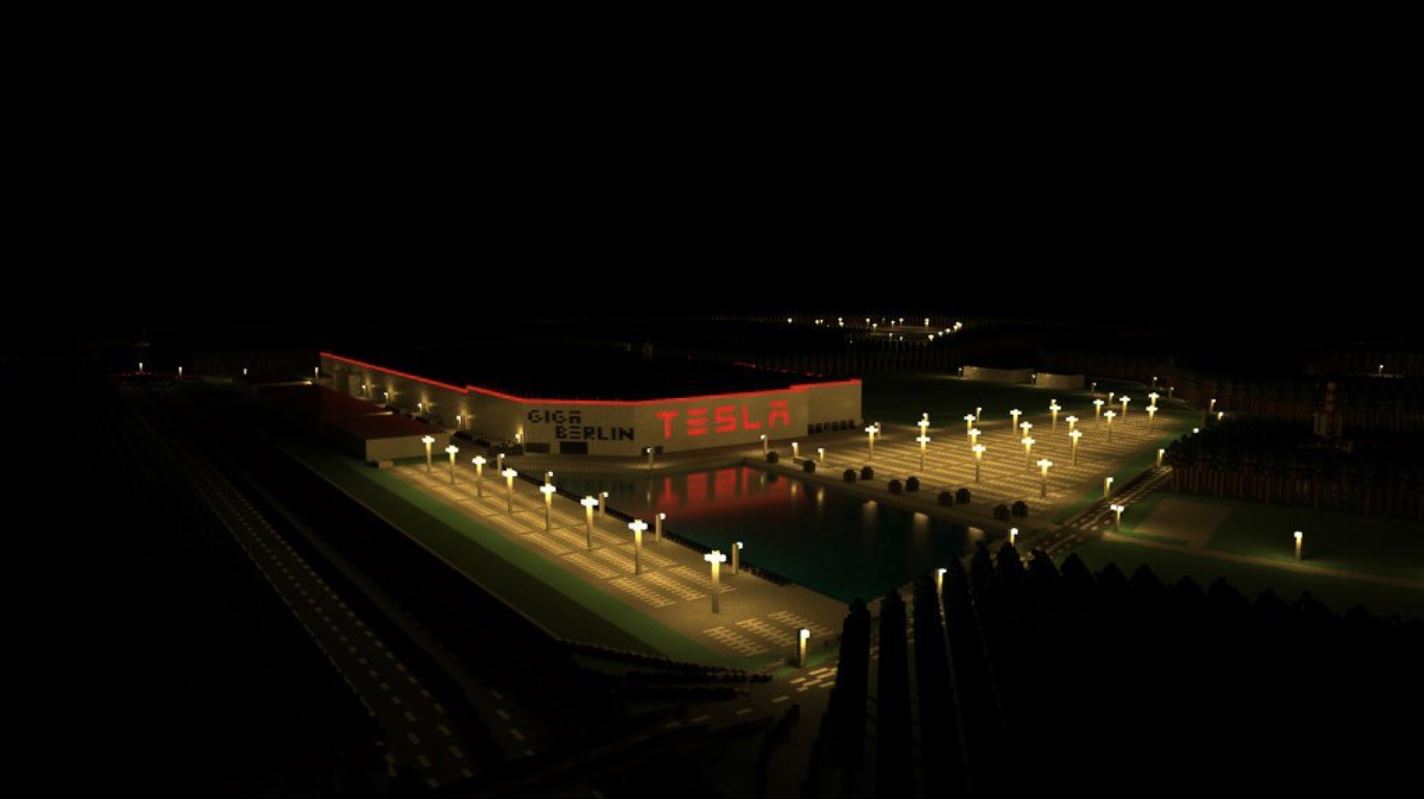
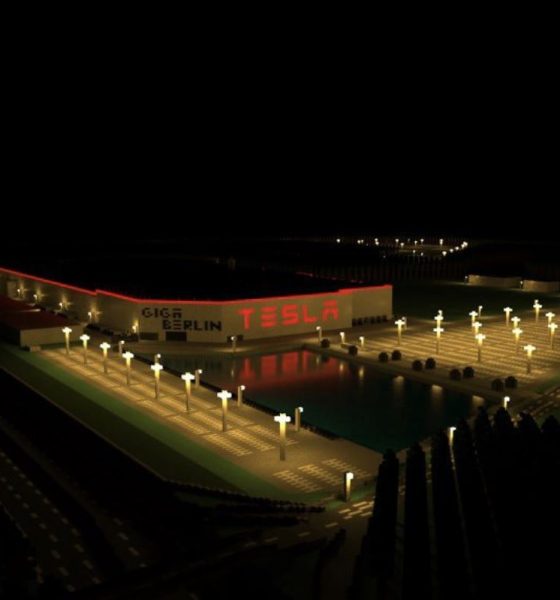
News
Tesla Giga Berlin is cutting through Germany’s red tape like a hot knife through butter
The construction of Tesla’s Giga Berlin appears to be defying the red tape odds in Germany. The European country is known to have excessive restrictions for constructing things that are as simple as a cell phone tower. However, Tesla CEO Elon Musk’s targets seem to have placed the German government in a unique disposition with the electric car production facility: take it, or leave it.
The German government has been vocally supportive of Tesla’s plans to begin producing electric cars and powertrains in Brandenburg, a state located in Northeast Germany. Apart from support from politicians and environmental groups, Tesla’s leverage comes from the company’s CEO, who has focused on moving the building process along in an efficient manner.
Efficiency, however, has not always been paired with German construction projects. The Berlin Brandenburg Airport has been under construction since 2006, with opening dates projected for 2011. The airport still has not been completed but is planned to open on October 31, 2020.
The red tape of securing building permissions can take as long as four years before construction is allowed to begin, according to Bloomberg. Even if the project is approved, bureaucracy costs can negatively affect a business, sometimes leading to closure. These consequences are especially real if the fees applied to a small business.
But Tesla is not a small business, and the company’s push toward the first production of the Model Y crossover, the first car that will be built in Berlin, is just 15 months away. With this, Tesla is effectively testing Germany’s ability to adapt to a large, out-of-country carmaker’s request to build a plant in the country. This is a necessity considering Tesla’s popularity in Europe, with the Model 3 disrupting the country’s legacy automakers.
Interestingly enough, Volkswagen CEO Herbert Diess is excited about Tesla’s decision to come to the country and sees it as an opportunity for the German government to change positively. “Bureaucratic hurdles shouldn’t decide the race between Tesla and Volkswagen, but the question who builds better cars. That kind of healthy competition makes Germany better and more innovative,” Diess wrote in a LinkedIn post.
Tesla is expected to employ 12,000 new workers, giving a boost to the German economy by growing its workforce. Five hundred thousand vehicles will be built in Giga Berlin every year when production reaches capacity. The site will host Musk later this month for the groundbreaking ceremony as the company prepares for the construction of the building as well.
Tesla’s Giga Berlin may become a catalyst for international businesses to begin considering Germany as a new home. Even though the country’s track record for quick and efficient construction projects is not perfect, there is hope. If Tesla can manage to meet its timeline despite the government’s red tape, it could be a massive win for the German economy, as other companies may consider the country for future endeavors.

Elon Musk
Elon Musk’s xAI gains first access to Saudi supercluster with 600k Nvidia GPUs
The facility will deploy roughly 600,000 Nvidia GPUs, making it one of the world’s most notable superclusters.
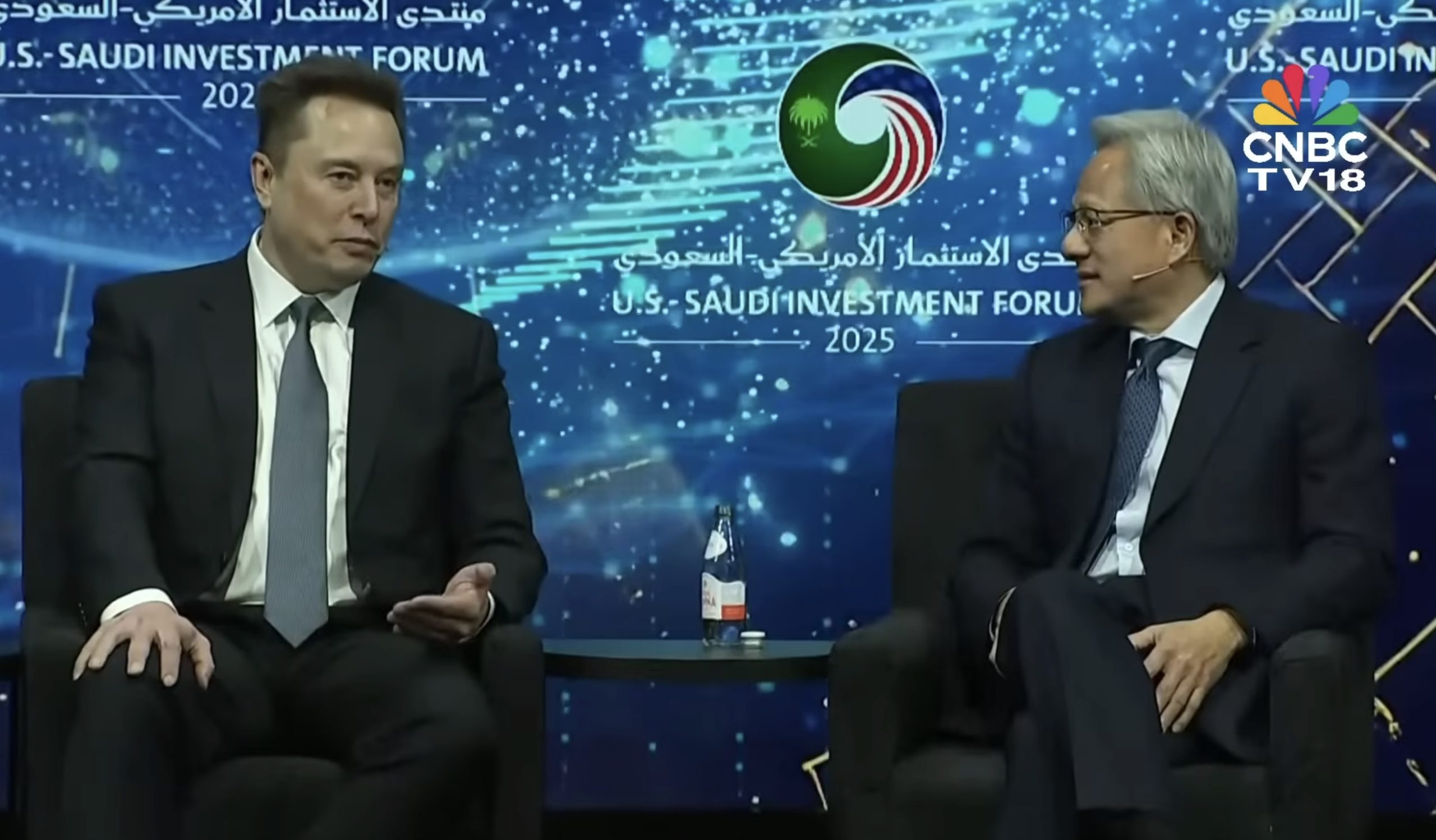
A Saudi-backed developer is moving forward with one of the world’s largest AI data centers, and Elon Musk’s xAI will be its first customer. The project, unveiled at the U.S.–Saudi Investment Forum in Washington, D.C., is being built by Humain, a company supported by Saudi Arabia’s Public Investment Fund.
The facility will deploy roughly 600,000 Nvidia GPUs, making it one of the world’s most notable superclusters.
xAI secures priority access
Nvidia CEO Jensen Huang stated that the planned data center marks a major leap not just for the region but for the global AI ecosystem as a whole. Huang joked about the sheer capacity of the build, emphasizing how unusual it is for a startup to receive infrastructure of such magnitude. The facility is designed to deliver 500 megawatts of Nvidia GPU power, placing it among the world’s largest AI-focused installations, as noted in a Benzinga report.
“We worked together to get this company started and off the ground and just got an incredible customer with Elon. Could you imagine a startup company, approximately $0 billion in revenues, now going to build a data center for Elon? 500 megawatts is gigantic. This company is off the charts right away,” Huang said.
Global Chipmakers Join Multi-Vendor Buildout To Enhance Compute Diversity
While Nvidia GPUs serve as the backbone of the first phase, Humain is preparing a diversified hardware stack. AMD will supply its Instinct MI450 accelerators, which could draw up to 1 gigawatt of power by 2030 as deployments ramp. Qualcomm will also contribute AI200 and AI250 data center processors, accounting for an additional 200 megawatts of compute capacity. Cisco will support the networking and infrastructure layer, helping knit the multi-chip architecture together.
Apart from confirming that xAI will be the upcoming supercluster’s first customer, Musk also joked about the rapid scaling needed to train increasingly large AI models. He joked that a theoretical expansion one thousand times larger of the upcoming supercluster “would be 8 bazillion, trillion dollars,” highlighting the playful exaggeration he often brings to discussions around extreme compute demand.
Elon Musk
Elon Musk debunks pay package and lip reader claims in double takedown
Musk’s quick debunks highlighted once more that X is an ideal platform for directly countering misinformation.
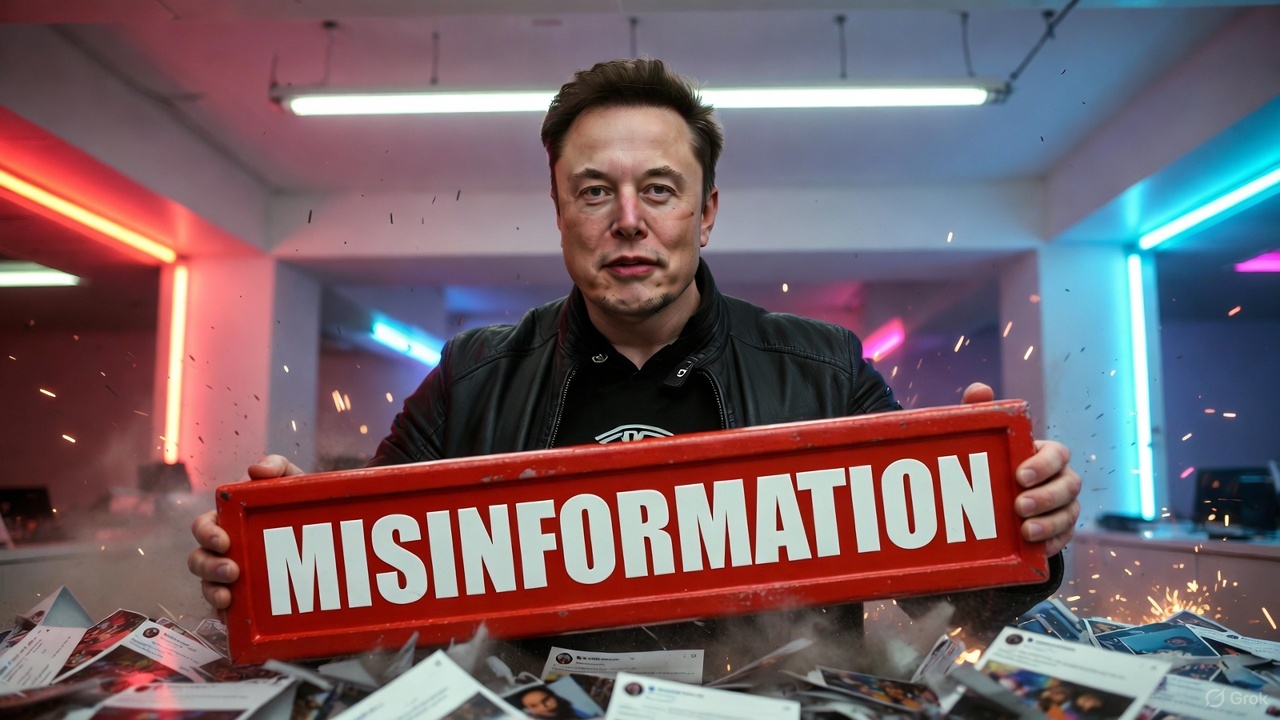
Elon Musk recently took to X to debunk some misinformation about his 2025 CEO performance award, as well as some comments he made during Donald Trump’s banquet in honor of Saudi Prince Mohammed bin Salman.
Musk’s quick debunks highlighted once more that X is an ideal platform for directly countering misinformation.
Musk’s pay package
Elon Musk’s 2025 CEO performance award was created as a path for him to gain a 25% stake in Tesla. It would also make him a trillionaire, provided that he manages to meet all of the performance award’s aggressive targets. This has not stopped critics from running with the apparent narrative that Musk will be getting the $1 trillion with utmost certainty, however.
This included the More Perfect Union account on X, which noted that “Elon Musk is set to make more than every U.S. elementary school teacher combined, according to the Washington Post.”
Musk responded to the pro-union amount’s post, highlighting that he has not earned any of his $2025 performance award so far. Musk also noted that those who believe he will be getting $1 trillion should invest in TSLA stock, as his compensation is tied to the company’s performance and growth. Investors who hold their TSLA until Musk achieves his full pay package would likely get notable returns.
Lip reader fail
Musk also debunked claims from the Daily Mail, which claimed that he made an “explosive” remark at Trump’s banquet for Saudi Prince Mohammed bin Salman. Citing observations from lip reader Nicola Hickling, the Mail claimed that Musk asked Pfizer CEO Albert Bourla, “What is your opinion, is he a terrorist?” The publication also posted a video of Musk allegedly making the risqué comment on X.
Musk proceeded to correct the publication, stating that the lip reader’s observations were fake. Instead of asking the Pfizer CEO if the Saudi Prince was a terrorist, Musk noted that he was asking the executive about cancer medicine. “False, I was asking about upcoming cancer drugs,” Musk wrote in a response on X.
Musk’s comments resulted in numerous critical responses to the Mail’s video, with some X users joking that the lip reader who analyzed the clip should probably get a visual acuity test, or a better training course on lip reading at least.
News
Tesla Diner to transition to full-service restaurant as Chef heads for new venture
“I am leaving the Tesla Diner project to focus on the opening of Mish, my long-desired Jewish deli. Projects like Mish and the Tesla Diner require a sharpness of focus and attention, and my focus and attention is now squarely on Mish.”
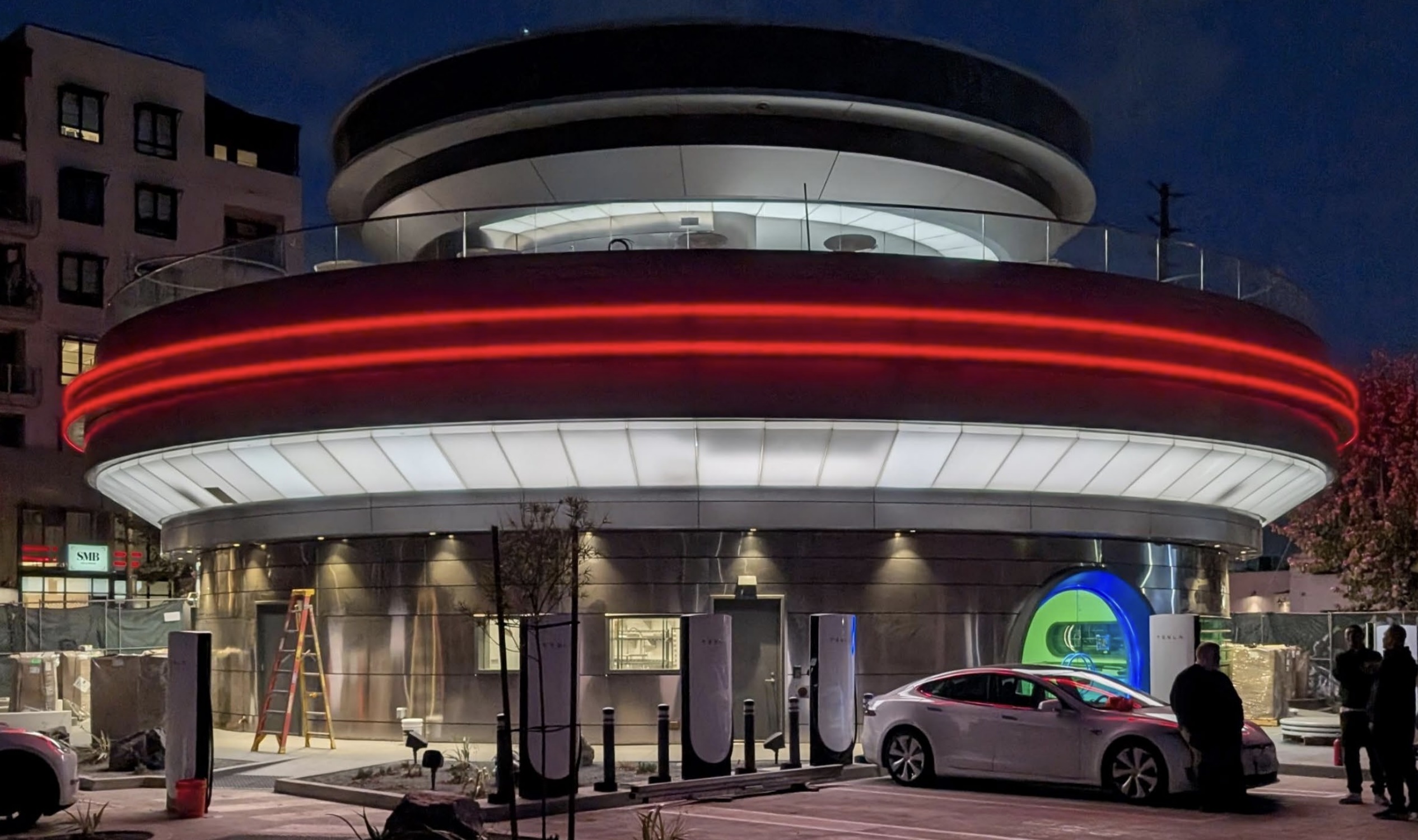
Tesla Diner, the all-in-one Supercharging and dining experience located in Los Angeles, will transition to a full-service restaurant in January, staff said, as Chef Eric Greenspan said he would take on a new project.
A report from the Los Angeles Times says Greenspan confirmed through a text that he would leave the Diner and focus on the opening of his new Jewish deli, Mish.
Greenspan confirmed to the paper:
“I am leaving the Tesla Diner project to focus on the opening of Mish, my long-desired Jewish deli. Projects like Mish and the Tesla Diner require a sharpness of focus and attention, and my focus and attention is now squarely on Mish.”
Greenspan took on the job at the Tesla Diner and curated the menu back in March, focusing on locally-sourced ingredients and items that would play on various company products, like Cybertruck-shaped boxes that hold burgers.
Tesla Cybertruck leftovers are the main course at the Supercharger Diner
The Tesla Diner has operated as somewhat of a self-serve establishment, where Tesla owners can order directly from their vehicles through the center touchscreen. It was not exclusive to Tesla owners. Guests could also enter and order at a counter, and pick up their food, before sitting at a booth or table.
However, the report indicates Tesla is planning to push it toward a sit-down restaurant, full of waiters, waitresses, and servers, all of which will come to a table after you are seated, take your order, and serve your food.
It will be more of a full-featured restaurant experience moving forward, which is an interesting move from the company, but it also sounds as if it could be testing for an expansion.
We know that Tesla is already considering expanding locations, as it will be heading to new areas of the country. CEO Elon Musk has said that Tesla will be considering locations in Palo Alto near the company’s Engineering HQ, and in Austin, where its HQ and Gigafactory Texas are located.
Musk said that the Diner has been very successful in its first few months of operation.








